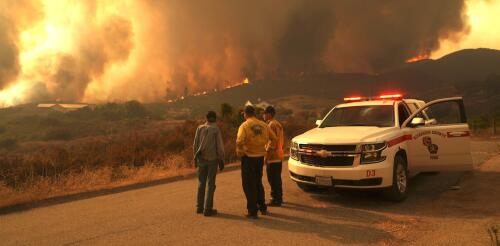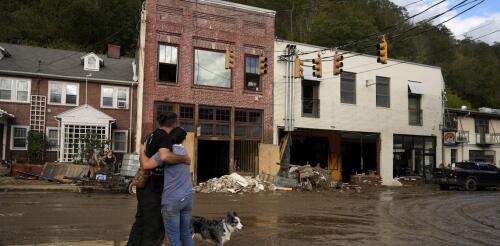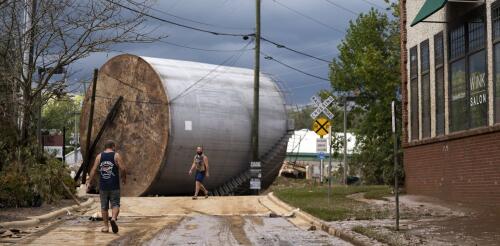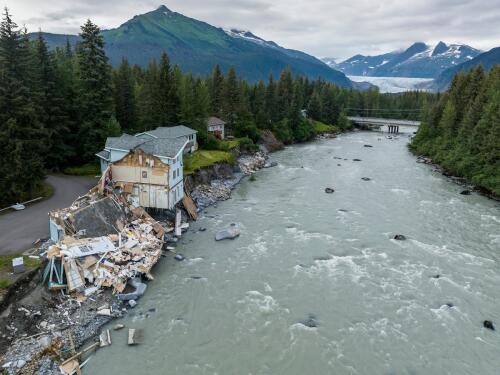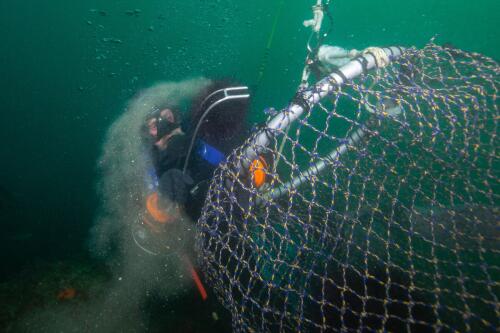Climate change
Wildfires are becoming increasingly destructive across the U.S., as the country is seeing in 2024. Firefighters were battling large blazes in several states from California to North Dakota in early October 2024, including fires burning near homes and communities. Research shows wildfires are up to four times larger and three times more frequent than they were in the 1980s and ‘90s, with some consuming hundreds of thousands of acres in a single blaze. Lightning strikes are one cause, but the majority of wildfires that threaten communities are sparked by human activities. Metal from cars or mowers dragging on the ground can spark fires. So can power lines touching trees. Officials confirmed on Oct. 2 that a broken power line started the deadly 2023 Maui fire that destroyed the town of Lahaina, Hawaii. California’s largest fire in 2024 started when a man pushed a burning car into a ravine near Chico. The fire destroyed more than 700 homes and buildings. Although...
Some hurricanes are remembered for their wind damage or rainfall. Others for their coastal flooding. Hurricane Helene was a stew of all of that and more. Its near-record-breaking size, storm surge, winds and rainfall together turned Helene into an almost unimaginable disaster that stretched more than 500 miles inland from the Florida coast. At least 230 people died across Florida, Georgia, South Carolina, North Carolina, Tennessee and Virginia as Helene flooded towns, destroyed roads and bridges and swept away homes. In Florida, Helene’s storm surge caused damage along hundreds of miles of coast. As residents there cleaned up debris, another dangerous hurricane was headed their way. Some of the same areas hit hard by Helene on Sept. 26, 2024 – including Tampa Bay and Cedar Key – were forecast to see more flooding and an even higher storm surge in Tampa Bay from Hurricane Milton, expected to make landfall as early as Oct. 9. The majority of Helene’s vic...
Hundreds of industrial facilities with toxic pollutants are in Hurricane Milton’s path as it heads toward Florida, less than two weeks after Hurricane Helene flooded communities across the Southeast. Milton, expected to make landfall as a major hurricane late on Oct. 9, is bearing down on boat and spa factories along Florida’s west-central coast, along with the rubber, plastics and fiberglass manufacturers that supply them. Many of these facilities use tens of thousands of registered contaminants each year, including toluene, styrene and other chemicals known to have adverse effects on the central nervous system with prolonged exposure. Farther inland, hundreds more manufacturers that use and house hazardous chemicals onsite lie along the Interstate 4 and Interstate 75 corridors and their feeder roads. And many are in the path of the storm’s intense winds and heavy rainfall. Black dots indicate facilities in EPA’s...
This past summer was the hottest on record in the Arctic, which is warming nearly four times faster than any other location on the planet. And the symptoms of that warming laid bare a rapidly changing region that in many ways barely resembles what it once was. Key data points show that the Arctic continues to become less icy, wetter and greener, according to a report card released by the National Oceanic and Atmospheric Administration on Tuesday. The trends, all linked to a warming climate, have been observed for decades. And they played out in dramatic ways this summer: Out-of-control wildfires forced entire communities to evacuate. A river surged from its banks and into homes because of dramatic glacial thinning. Near the peak of Greenland’s ice sheet, more than 10,000 feet above sea level, temperatures rose above freezing for only the fifth time on record. Even amid rapid change, variability of weather patterns meant a few parts of the Arctic stil...
Diver Matt Pressly broke the water’s surface with a cloud of bubbles and clipped a bag containing a single sea urchin to an orange buoy bobbing beside him in the water off San Diego. For more than 30 years, Pressly has been diving off the coast of California for sea urchins, sold in sushi restaurants as a delicacy called “uni.” Divers collect both red and purple varieties. In that time, he’s seen urchins move to deeper water in search of the kelp they feed off ‒ kelp that in some cases no longer grows the way it used to. Scientists say hotter water is rapidly changing the ecosystems of California coastal areas. Among the changes: less kelp in shallower areas. “It used to be that you’d be in deep, deep kelp by now,” Pressly said after catching his breath. “But it’s been gone for five years and hasn’t come back. So I’m having to go out deeper to find the kelp.” For 30 minutes, P...
